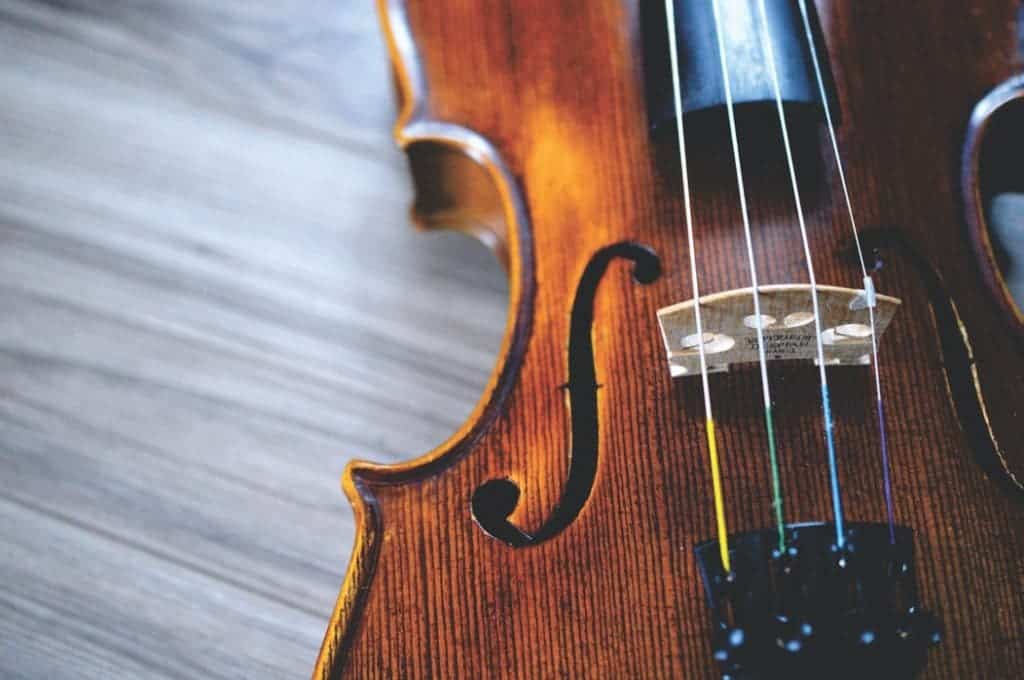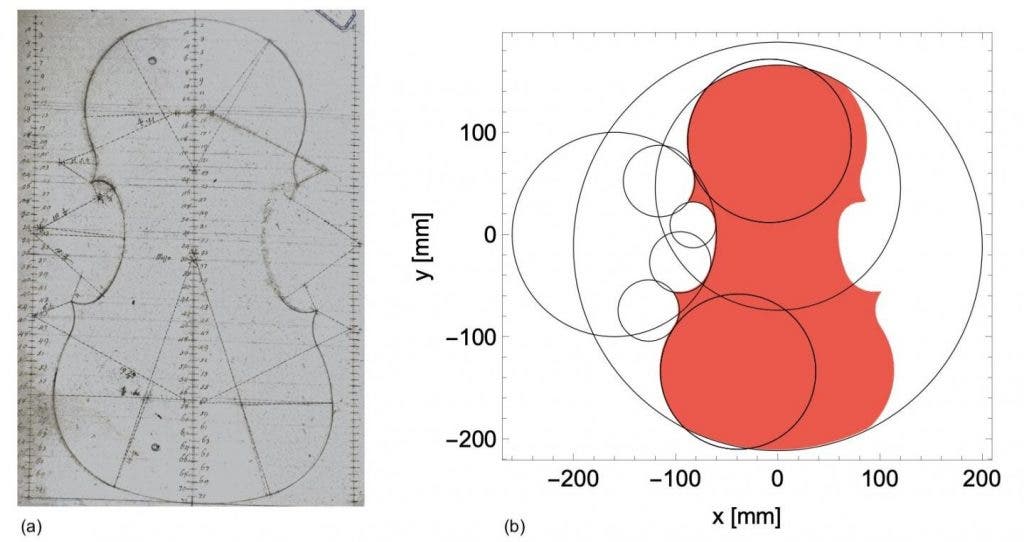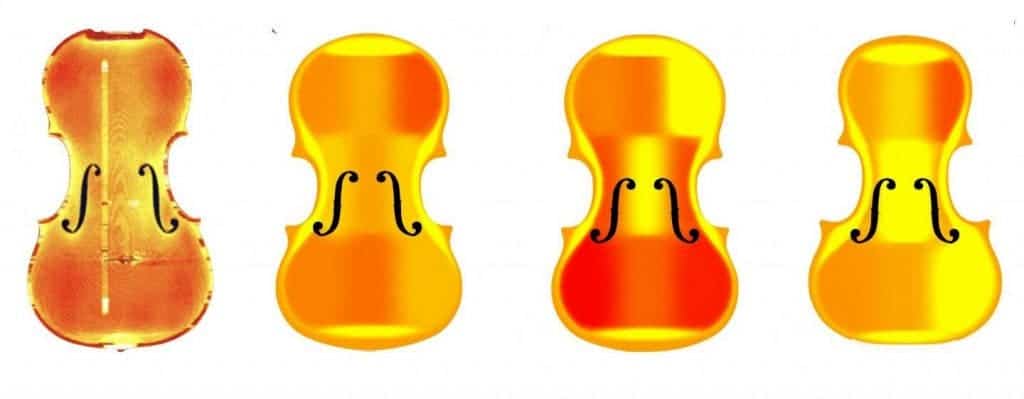Ever since the first violins were made some 500 years ago, the process of violin-making has changed surprisingly little. Traditionally, violins are “bench-made” — by a single individual, often a master maker (or “luthier”). More recently, “shop-made” instruments, where many people participate under the supervision of a master maker, have become more common. But in both instances, the layout is designed by a master violin maker — either from scratch, or copied from the old masters.
That may soon change. According to a new study, Artificial Intelligence (AI) could soon take part in the process.

A violin is a surprisingly complex object. Its geometry is defined by its outline and the arching on the horizontal and vertical section. In a new study, the Chilean physicist and luthier Sebastian Gonzalez (a postdoc) and the professional mandolin player Davide Salvi (a Phd student) showed how a simple and effective neural network can predict the vibrational behavior of violin designs — in order words, how the violin would sound.
The prediction uses a small set of geometric and mechanical parameters from the violin. The researchers developed a model that describes the violin’s outline based on the arcs of nine circles. Using this approach, they were able to draw a violin plate as a function of only 35 parameters.

After starting from a basic design, they randomly changed the parameters they were using (such as the position and the radii of the circles, the thickness, the type of wood, etc) — until they obtained a database of virtual violins. Some of the designs are very similar to shapes already used in violin making, while others have never been attempted before. These shapes were then used to predict what the violin would sound.
“Using standard statistical learning tools, we show that the modal frequencies of violin tops can, in fact, be predicted from geometric parameters, and that artificial intelligence can be successfully applied to traditional violin making. We also study how modal frequencies vary with the thicknesses of the plate (a process often referred to as plate tuning) and discuss the complexity of this dependency. Finally, we propose a predictive tool for plate tuning, which takes into account material and geometric parameters,” the researchers write in the study.

The algorithm was able to predict how the violins would sound with 98% accuracy — far better than even the researchers expected.
The innovative work promises to save a lot of work for violin makers, and it also paves the way for new, innovative types of designs to be tried. For the future research, the team will also look at how to select wood that is most desirable for the violin design.
The study was published in Scientific Reports.









